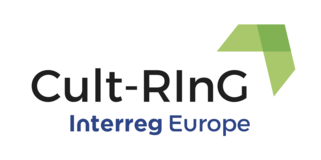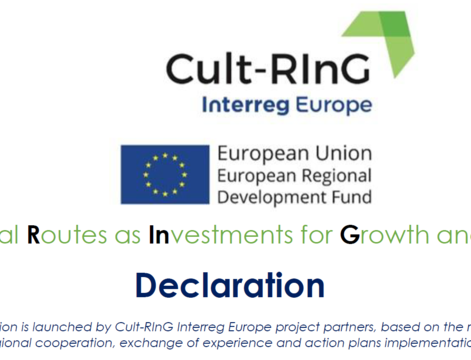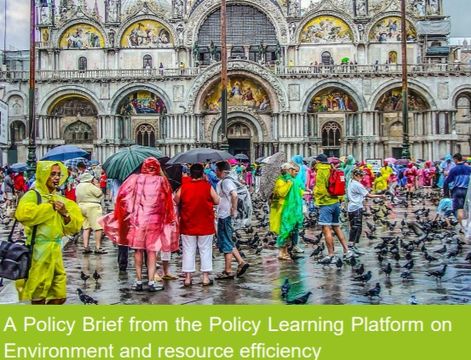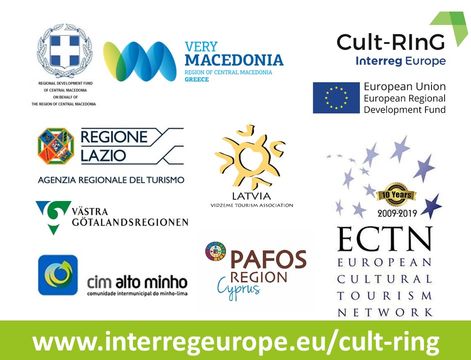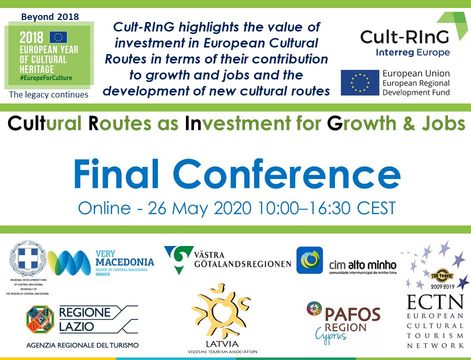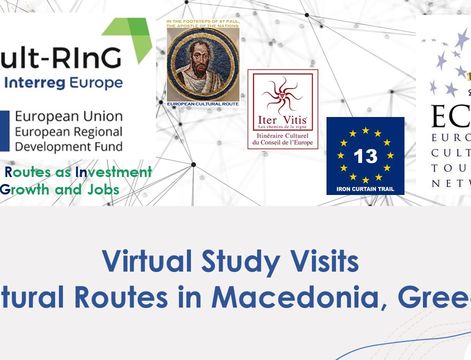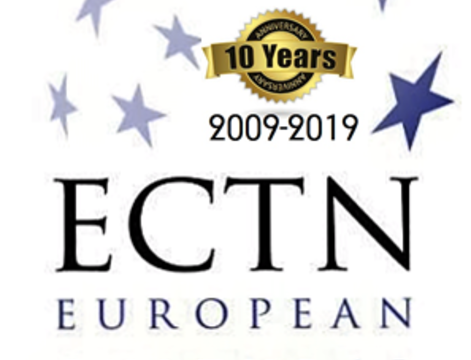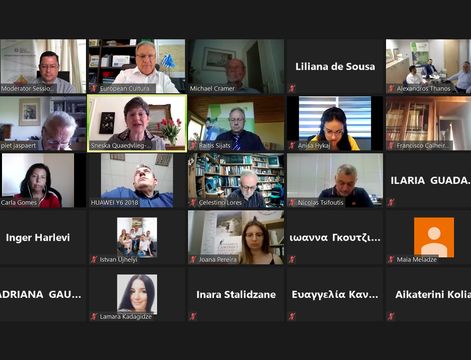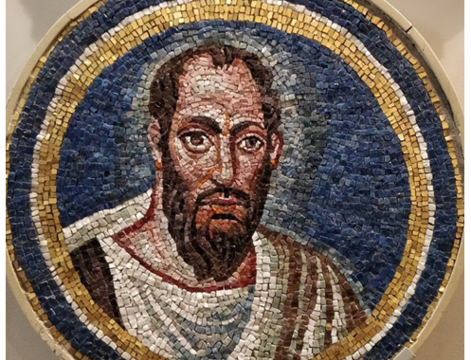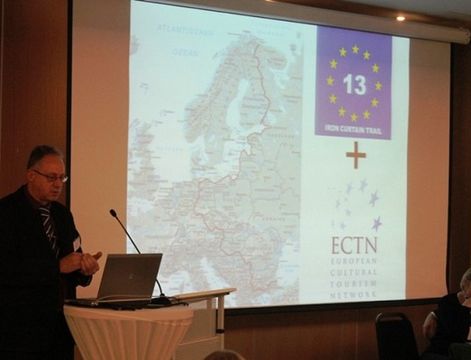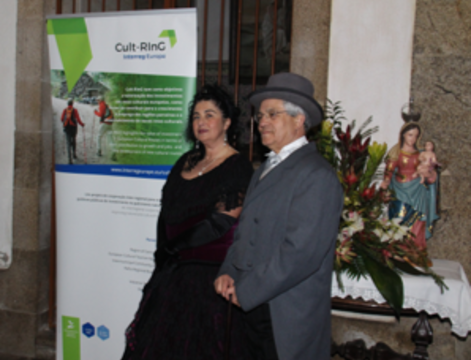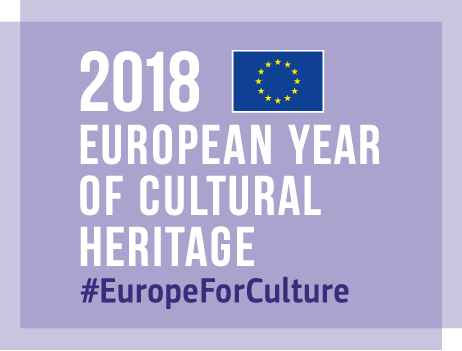With the participation of the Latvian State Inspectorate of Heritage, a Member of European Parliament and all project partners, the 1st Interregional Thematic Workshop was very successfully organised in Vidzeme, Riga, Latvia, in November 2018. During the Workshop partners and stakeholders had the opportunity to meet each other, get knowledge of the common challenges and opportunities regarding cultural routes and above all share experiences in terms of the benefits of existing cultural routes with lessons for the development of new routes and improvements and externstion to existing routes.
The Workshop was enriched with keynote addresses by policy-makers, MEP former Chair of Tourism & Transport Committee of European Parliament, Chair of Vidzeme Planning Region (Mayor of Carnikova, key stakeholder) and a Member of the Latvian Parliament, with strong involvement in cultural routes.
The 1st Workshop topic was fucused on “Assessment of existing Cultural Routes”. During the workshop there was presentations for Cultural Routes’ impact on SMEs innovation, competitiveness in order to transfer to the partners experience about:
- the potential of the CoE Cultural Routes for cultural tourism development, effects produced by the Cultural Routes on SMEs creation, their performance, innovation, network and clustering
- how much Cultural Routes networks -national & transnational- can benefit SMEs, especially in less-known destinations
- how SMEs’ involvement can create a solid basis for promoting Europe as “the world’s No 1 tourist destination”.
All partner regions presented their experience with existing cultural routes, and more specifically: Via Francigena in Lazio,
Pilgrim routes of Saint Olav's Way in west Sweden,
Santiago de Compostella in north Portugal,
Wine routes in Greece,
The Hansa in north Latvia,
The Phoenicians Route itineraries in Pafos, Cyprus.
Discussions followed on potential arrangements for improvement of policy instruments, in terms of cultural routes as investment for growth & jobs.
As a result, there emerged 3 clusters of partners with specific interests in the development of cultural routes that will follow:
1. Religious and pilgrimage routes: Alto Minho Pt and Vastra Gotaland SE
2. St Paul's footsteps: Central Macedonia EL, Lazio IT and Pafos CY
3. Iron Curtain Trail: Vidzeme LV and Central Macedonia EL.
Advisory partner ECTN facilitates all of the above.
The Cult-RInG project partnership is proud that a MEP, Mr Michael Cramer, former Chair of Transport and Tourism Committee, participated and presented the 'Iron Curtain Trail' cycling route as a potential cultural route, the 'reunifcation of Europe' route. His knowledge is significant and very useful when we are thinking about a new cultural route creatio, the Iron Curtain Trail , based on EuroVelo 13 network, a challenge to turn a successful cycling route into a cultural route for growth and jobs. At a press conference held about the results of the Workshop, Mr Cramer MEP stated:
“For almost half a century, Europe was divided into East and West by the 'Iron Curtain', a border stretching from the Barents Sea to the Black Sea. The Iron Curtain Trail invites people to retrace and experience the former division of the continent along the length of the former border, combining European culture, history and sustainable tourism. The Iron Curtain Trail thereby contributes in a lively and very practical way to the creation of a genuine European identity. The Iron Curtain Trail runs from Finland to Greece and Bulgaria, along the Western border of the former Warsaw Pact states, 10,000 kilometers through 20 countries, with Croatia 15 are now EU Member States, integrating numerous historic monuments, as a ride in history, politics, culture and nature. The Iron Curtain Trail should be supported as an example of Soft Mobility and as a symbol of the reunification of Europe. Cycling Tourism shows an increase of 20% per year. Bicycle tourists spend more money a day than car tourists and therefore support the local economy. Investement costs for bicycle infrastructure are low while benefits are high. For one invested Euro, the return is eight Euros! Cycling has also health benefits: non-cyclists are three times more ill than cyclists and cyclists have a five years longer expectancy of life".
The next steps in the development of 'Iron Curtain Trail' are: Integration at local, regional and national level; Signposting with the logo; Developing and maintaining the trail in a bicycle friendly manner; Heritage protection for the still existing remains of the Iron Curtain; Introduction of locally adapted “Berlin Wall Tours” along the regional stretches of the trail, and most important to upgrade the Iron Curtain Trail into a European Cultural Route, working together with “old” and “new” partners to establish the 'Iron Curtain Trail' as a sustainable and lasting cultural route across borders for cultural tourism, with growth and jobs.








